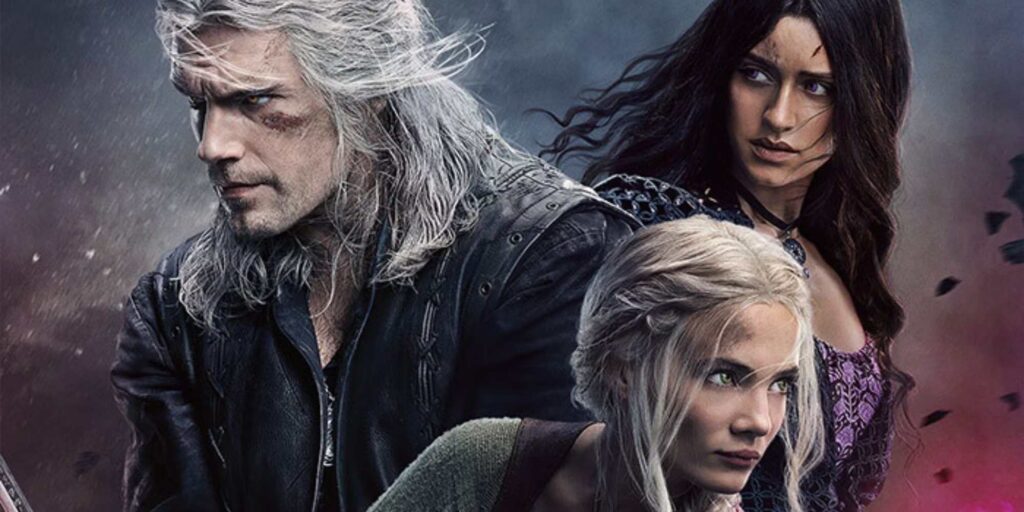A significant share of popular web shows take intellectual cues from bestselling fiction books, offering new reinterpretations of good fictional worlds in compelling visual terms. The present article explores a few commonly quoted ones: “Shadow and Bone,” “The Haunting of Hill House,” “13 Reasons Why,” and “The Witcher.”
Shadow and Bone

Translated by: Leigh Bardugo’s Shadow and Bone and Six of Crows. Service: Netflix. “Shadow and Bone” is a fantasy television series set in the world of the Grishaverse, a world of war and defined by the mysterious Shadow Fold. The series is a retelling of the story of Alina Starkov, an orphan mapmaker who discovers a unique magical power that can change the fate of her world.
The story is a combination of aspects of Bardugo’s original trilogy along with the characters and themes of her later “Six of Crows” duology, thus creating new storylines and dynamics that are not found in the original books. The series was received positively for its complex world-building and its cast of characters, with the author Leigh Bardugo actively being involved in the production process. Despite being successful, Netflix decided to cancel the series after two seasons.
The Haunting of Hill House

Inspirations: Shirley Jackson’s The Haunting of Hill House. Platform: Netflix. This critically acclaimed supernatural horror drama offers a reinterpretation of Shirley Jackson’s 1959 gothic novel. Executive produced by Mike Flanagan, the series oscillates between two harshly different temporal realms: the frightful formative years of the Crain family haunted by Hill House and their later adulthood struggling with the lasting effects of their childhood traumas.
Although the series indulges in creative liberties—elaborating on the family dynamics in greater detail and resetting the chronological timeline to the contemporary period—it retains the original novel’s psychological horror and ambiguous supernatural occurrences. The adaptation was acclaimed for the deeper emotional complexity, coherent directorial vision, and enhanced production quality compared to its literary source material.
13 Reasons Why

Adapted from: Thirteen Reasons Why by Jay Asher. Platform: Netflix. “13 Reasons Why” expands on Jay Asher’s young adult novel about high school student Clay Jensen, who is presented with a set of cassette tapes by his school friend Hannah Baker before she kills herself. Each tape gives a reason and another character who was responsible for her decision.
The show expands the book’s plot further, delving deeper into the lives of the supporting characters and exploring the effects of Hannah’s death throughout several seasons. The show caused widespread discussion about mental illness, bullying, and the power of storytelling about sensitive issues.
The Witcher

Based on: Andrzej Sapkowski’s The Witcher series. Service: Netflix “The Witcher” translates Sapkowski’s rich fantasy world into reality, centering on Geralt of Rivia, a monster hunter who exists in a world of magic, politics, and moral gray areas. The series draws its content from both the short stories and the novels, interweaving several timelines and viewpoints in intricate patterns. Its accurate reproduction of the source material’s tone, nuanced characters, and high-minded themes has garnered a devoted worldwide fan base.
Conclusion
These television series are a classic example of the creative power of book-to-screen translations. By their reinterpretation of novels in the context of episodic television, they appeal to both readers of the original novels and new audiences, often generating renewed interest in the novels themselves. Each adaptation strikes a balance between loyalty to the source novel and the demands of visual storytelling, resulting in the long-term popularity of literature-based shows in the streaming era.
Writer : Pranjal Bapna
